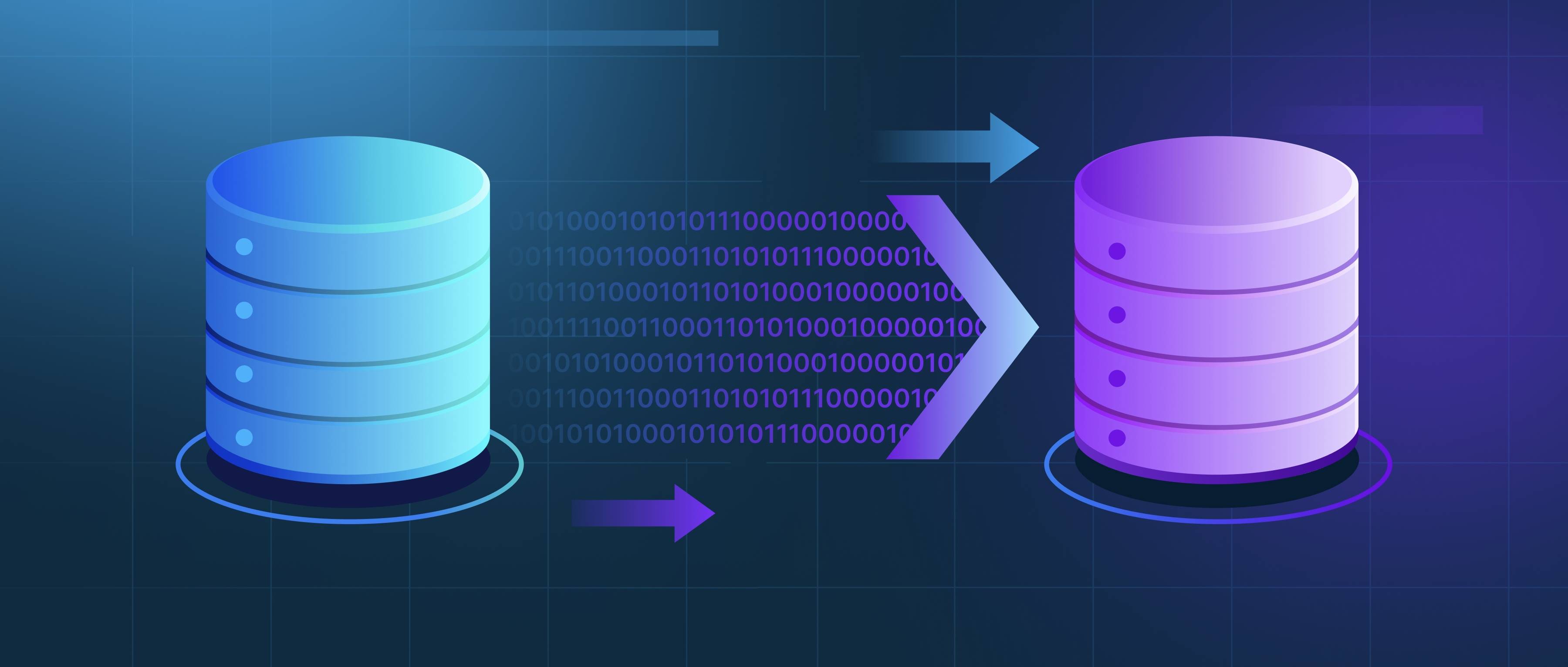Embeddings in OpenAI are numerical representations of words, sentences, or even entire documents. They translate these text elements into vectors, which are arrays of numbers that capture the relationships and similarities between different pieces of text. This process allows machines to understand and work with human language in a way that can be utilized for various applications, such as natural language processing, recommendation systems, or search functionality. Typically, these embeddings are created by training machine learning models on large datasets, enabling the model to recognize patterns in how words or phrases are used in different contexts.
For instance, when you use OpenAI's models, they can create embeddings that reflect semantic meaning. Words or phrases that are similar in context will have embeddings that are close together in the vector space. For example, the words "king" and "queen" will have similar embeddings, while "king" and "apple" will be further apart. This allows developers to perform tasks like finding similar items, clustering data, or even classifying text by measuring the distance between different embeddings. Using embeddings can significantly improve the performance of applications that require a deep understanding of language.
In practical terms, if you're working on a project that requires you to analyze text, you can begin by generating embeddings using OpenAI's API. You might create embeddings for user reviews to analyze sentiment or for product descriptions to improve search functionality on an e-commerce platform. The critical part is that embeddings allow developers to represent complex linguistic structures in a way that machines can process, making it easier to perform tasks that involve understanding and generating human language.
